Save time and easily tick off your fall to-do list! My military father taught me task stacking as a child – now my chores take barely any time
It sets off a 'flow' state that instantly shaves time off chores


This holiday season, there's one word that's ringing in my ears from childhood: efficiency. Growing up in a military household, everything was done logically and precisely to take as little time as possible. Now, with the holiday rush, I find myself returning to the mindset my military dad instilled in me.
Growing up, winter home maintenance and cleaning chores, holiday errands, and decorating were always tackled systematically. We would group like tasks together to get everything done quickly, without sacrificing quality, of course.
Known as task stacking, it's an increasingly popular way to tackle overwhelming to-do lists, especially during the festive season.
I've been talking with a time management coach to better understand why this method works so well. I'm excited to share how you can implement task stacking into your holiday prep to save time on all those tedious chores, from wrapping gifts to baking.
What is task stacking?
If there is anything I learned from my military dad growing up, it’s that task stacking is a key habit of highly organized homeowners, and is one thing super-organized people do every day without thinking about.
The concept is simple: You group tasks based on their compatibility and complete several tasks at the same time so you do not have to repeat your efforts. It is basically a fancy term for multitasking.
There are three main ways I typically stack items:
Design expertise in your inbox – from inspiring decorating ideas and beautiful celebrity homes to practical gardening advice and shopping round-ups.
- Completing two tasks at once: For example, doing the dishes while my dinner cooks. This works when one element needs time, and the other can be completed in that interim period.
- Combining tasks: For example, tidying up as I clean and vacuum, or cleaning the bathroom sink or mirror as I brush my teeth. This works for tasks that can be done in close pr
- Scheduling tasks together: For example, timing all the tasks I need to complete in the city for when I have to go anyway, be it for an appointment or when I do my weekly grocery shop, to reduce travel time. You can also cluster servicing of your home's essential systems, for example, for whatever heating type you have, so the inconvenience is all done and dusted in one short blast.
Winter jobs you can task stack in the coming months
- Yard cleanup: Rake and bag leaves, then immediately use a leaf blower to clear walkways and driveways.
- Garden preparation: Harvest the last of the vegetables and flowers, then pull up old plants and weeds, and finally add compost or mulch to the beds.
- Outdoor maintenance: Clean gutters of leaves and debris, then wash exterior windows, and finally wipe down the patio furniture before storing it.
- Tool shed organization: Gather all summer tools (e.g., lawnmower, hose) and clean them, then put them in their designated storage spots, and finally bring out and organize winter tools (e.g., snow shovel, salt).
- Kitchen refresh: Go through the pantry and discard expired goods, then wipe down all shelves and containers, and finally restock with new items for fall and winter cooking.
- Closet swap: Take out all summer clothing and shoes, then clean the closet floor and shelves, and finally bring in and organize all winter clothes.
- Home prep for winter: Check and replace furnace filters, then inspect and seal any drafts around windows and doors, and finally test smoke and carbon monoxide detectors.
As James Clear writes in Atomic Habits [available at Amazon], task stacking 'allows you to take advantage of the natural momentum that comes from one behavior leading into the next. You can use task stacking to keep your home clean and organized.'
For example:
- Cleaning an item as you clean yourself: Wipe the bathroom sink out after you brush your teeth.
- Monthly appliance cleaning: Drop a cleaning tab in the dishwasher, coffeemaker, garbage disposal, and washing machine – all at once, on the same day each month.Spring
- Wipe down surfaces: After you've dusted all the books on your shelves, wipe down the tops of all the other furniture in the room.
- Clean and declutter: As you swap out your cold-weather wardrobe for lighter clothes, wipe down the inside of your empty drawers and closet shelves.
Task stacking helps solidify quick habits that can make a big impact on the organization and cleanliness of your home without too much extra effort. You can also use the pick-up-and-place technique to organize visible mess as you move around the house.
This is especially helpful ahead of guests, so you can allocate less time to 'tidying up' before visitors, as you will have been chipping away for a few days ahead of the guests.
How to task stack
One of my favorite things about task stacking is being able to apply it to almost every aspect of your life, from combining it with cleaning tips and home organizing to your professional career to your hobbies. It can even be paired with other productivity methods, such as the Scary Hour method to really boost your efficiency and productivity.
It helps me enter a so-called ‘flow state’ that makes the process quicker and shaves time off my chores as I ‘flow’ from one task to another with little resistance. Pair it with body doubling and I really fly through my tasks. It really does help me to enjoy a chore-free weekend.
- Identify related tasks: To change your cleaning routine for the better with task stacking, start by grouping tasks you can do at the same time. My dad taught me this when I was a kid. He noticed that after school, I would always empty my bag and take off my shoes in the kitchen. He showed me how this naturally led to other small tasks, like cleaning my shoes or putting lunch containers in the sink. By stacking these chores and using the one-touch rule, I was unpacked and ready to relax in just 15 minutes. Now, as an adult, this is just a natural habit. I've learned that if you do anything long enough, it sticks.
- Avoid doing too much: I've learned that you can't stack everything. I once tried to save all my city errands for one day, but I just ended up running out of essentials or carrying too many bags home. I've also found that you can't stack a timed task, like doing laundry, with chores that take too long, or you'll end up with musty clothes. It's even harder to dry clothes outdoors in winter, so being sensible around the volume of items being dealt with in these tasks is vital
- Allocate time and track tasks: To be more efficient with task stacking, I have to remember that tasks still take time. To make a routine achievable, Marla Mock, president at Molly Maid USA, suggests 'creating checklists to divide these tasks into manageable chunks' so you can stay on track with your goals and make life easier. This helps me visualize my chores, and checking them off gives me a sense of accomplishment, making it an achievable cleaning routine. This may limit outdoor task stacking when it's dark outside earlier, unless you have great outdoor lighting ideas in play.
- Slow down: Just because you are entering a ‘flow state’ when stacking tasks doesn’t mean you can’t take breaks or task stack on different days. A key thing I've learned that sometimes, it pays to slow down and treat tasks more mindfully. My partner has pointed out after observing me go all in, not everything is a race. In winter, this is especially important so you don't slip outside or in adverse weather when completing cold-weather tasks, such as winterizing your driveway. This will ensure you don’t end up cleaning when feeling overwhelmed and burning out.
Task stacking essentials
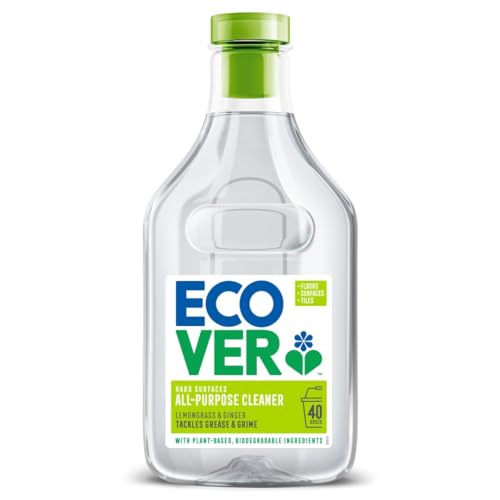
Having a multi-purpose cleaner in all the key rooms of my home (like the kitchen and bathroom) makes quick cleans and task stacking simpler.
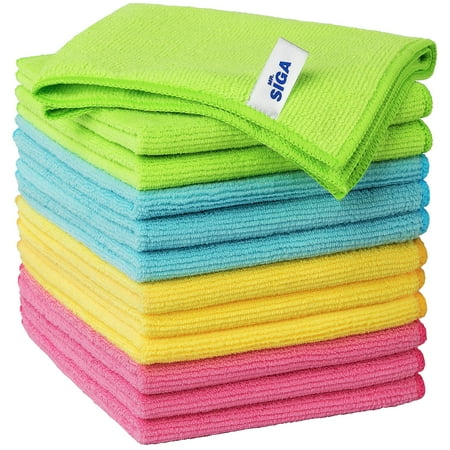
I keep a microfiber cloth in most rooms too, including the bedroom, office, and living room. I just replace them each time I do a laundry cycle. Color-coding cleaning reduces cross-contamination risks.
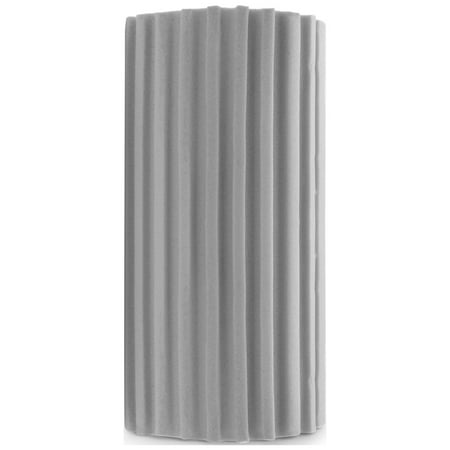
The damp duster makes dusting quick and easy, trapping all the dust rather than spreading it around. It is a must-have in my bathroom for quick cleans while I brush my teeth.
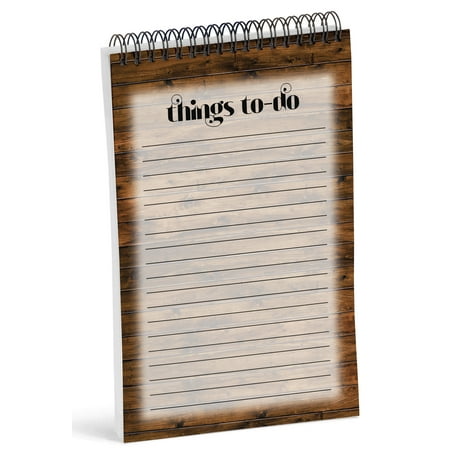
In the past, I have made all of my notes on my phone. Recently, I've turned to analogue notes on a physical to-do list. I find that they stick better in my mind when I physically write them out, and it is more satisfying to physically cross them out.

These gloves will come in handy, no pun intended, for winter maintenance tasks. You will still be able to answer texts and calls as the tips are sensitive for touch-screen functionality to still work.
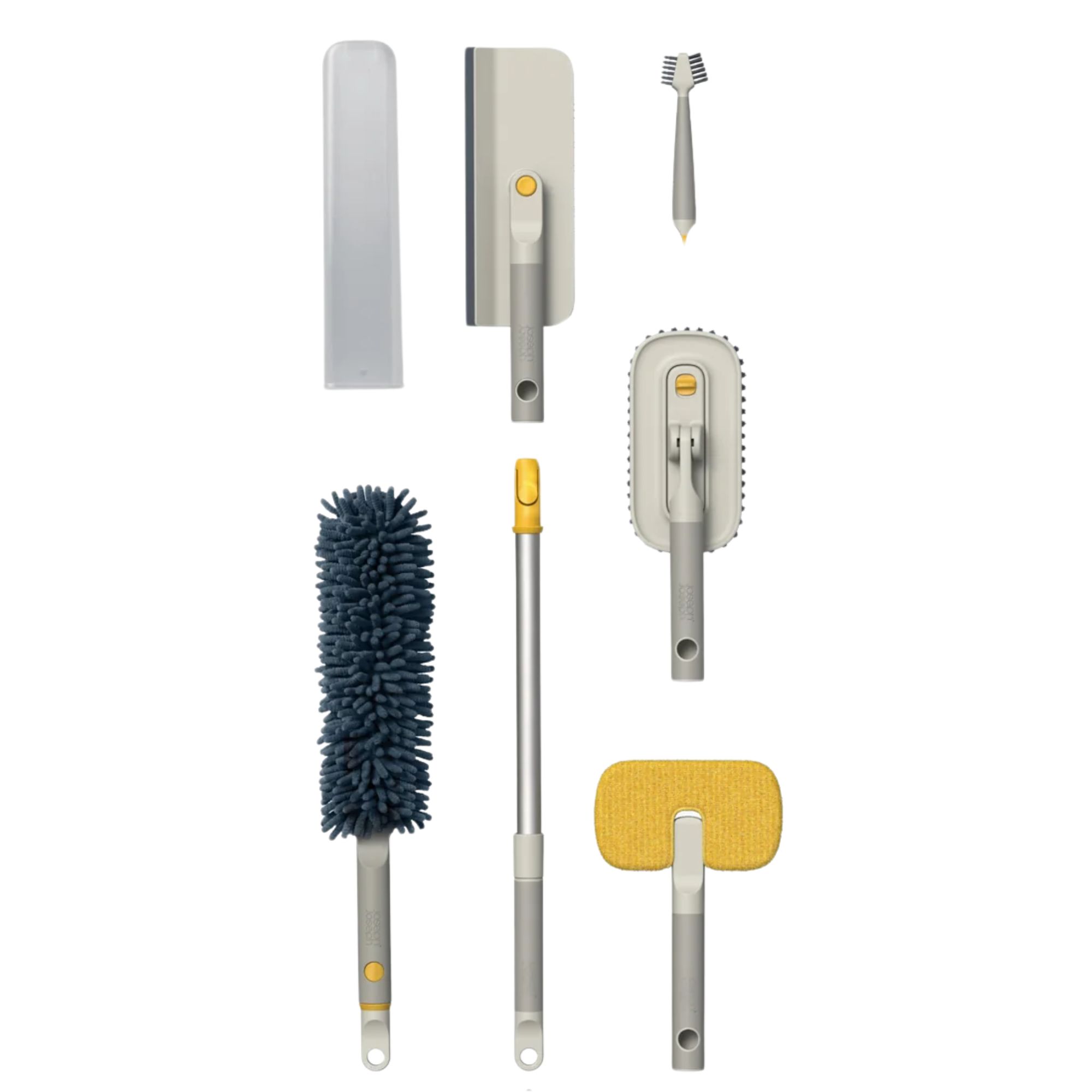
This Joseph Joseph six-piece set makes cleaning any room a breeze, with a non-slip extension pole for reaching tricky areas and five different attachment heads for every crack and crevice. Having one tool rather than multiple ones will make tasks quicker.
Perhaps the most important element of task stacking is repeating the flows time and time again until they start to feel natural and become daily habits for a tidier home and you no longer have to put any thought into them.

Chiana has been at Homes & Gardens for two years and is our resident 'queen' of non-toxic living. She spends most of her time producing content for the Solved section of the website, helping readers get the most out of their homes through clever decluttering, cleaning, and tidying tips. She was named one of Fixr's top home improvement journalists in 2024.
You must confirm your public display name before commenting
Please logout and then login again, you will then be prompted to enter your display name.